Lenovo K6 and K6 Note Review
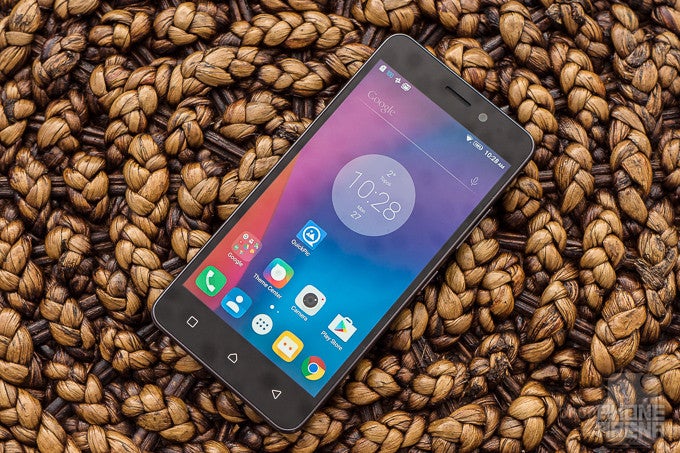
Introduction
At first look, the new Lenovo K6 and K6 Note are nothing out of the ordinary: two slightly chubby Android phones with a fingerprint on the back, running on Android 6.0 Marshmallow and with no clear path for future updates.
Yawn, right?
But there is more to them than one can spot on the surface. We have been testing and using the phones for a while, and we are eager to tell you what makes them stand out. Hint: it’s not just the rock-bottom price.
With no further ado, let’s kick off our review of the Lenovo K6 and K6 Note.
Design and Display
Old-school design that looks solid, but lacks refinement. Display quality is not terrible, but whites are bluish and colors are not well balanced.

The Lenovo K6 and K6 Note both share an identical design: a slightly chubby and slightly overweight body, a metal back cover with catchy silver trim accents around the camera and the fingerprint sensor on the back.
This would have been fine late last year when the phones launched, but we’re in 2017 and we have some meticulously well crafted affordable phones recently: the new Galaxy A series are polished to perfection (admittedly, they are more expensive), and similarly priced phones like the Sony Xperia XA and Moto G5 have a slightly more refined design. The Lenovo K6 series are not on par with those higher standards: comparatively, they feel lackluster in terms of design.
What is wrong with them? The three capacitive keys right below the display look oversized and offhand on the K6 (they do look fine on the K6 Note), there is a hollow feel when you type on the on-screen virtual keyboard, the metal on the back is complemented by cheap plastic antenna strips, the design lacks in curves and is not particularly ergonomic, and all these things come together in a way that is not great.
And what was it about placing the microUSB charging port on the Lenovo K6 up top? It feels wrong and weird, and while it is not likely to be a dealbreaker for the hard-headed budget buyer, it is just inexplicable. Thankfully, the K6 Note has its microUSB port on the bottom, where it belongs. And there is no water-proofing on either phone, in case you were wondering.
On a more positive note, the fingerprint scanner on the back of the two phones is really fast and very accurate. Well done, Lenovo!
Both phones have IPS LCD screens: a 5” Full HD one on the K6, and a 5.5” Full HD panel on the K6 Note. We have no issue with the choice of resolution: both appear sharp, but Lenovo could have put a little more effort into balancing the colors.
You have two display color modes to choose from: one with vivid, punchy color, and one with more neutral colors, but both have whites that appear very bluish, and both completely miss color calibration targets, meaning that the colors appear unrealistic. The screens are not terrible, but they are again just not on par with the high-quality displays on other new affordable phones. There is auto-brightness setting on both also (it does the job, but is not always perfectly accurate, so sometimes we found ourselves manually tweaking the brightness) and there is a Night mode that further dims the screens.
Interface and Functionality
Clunky Lenovo interface on top of an old version of Android and no promise for updates.
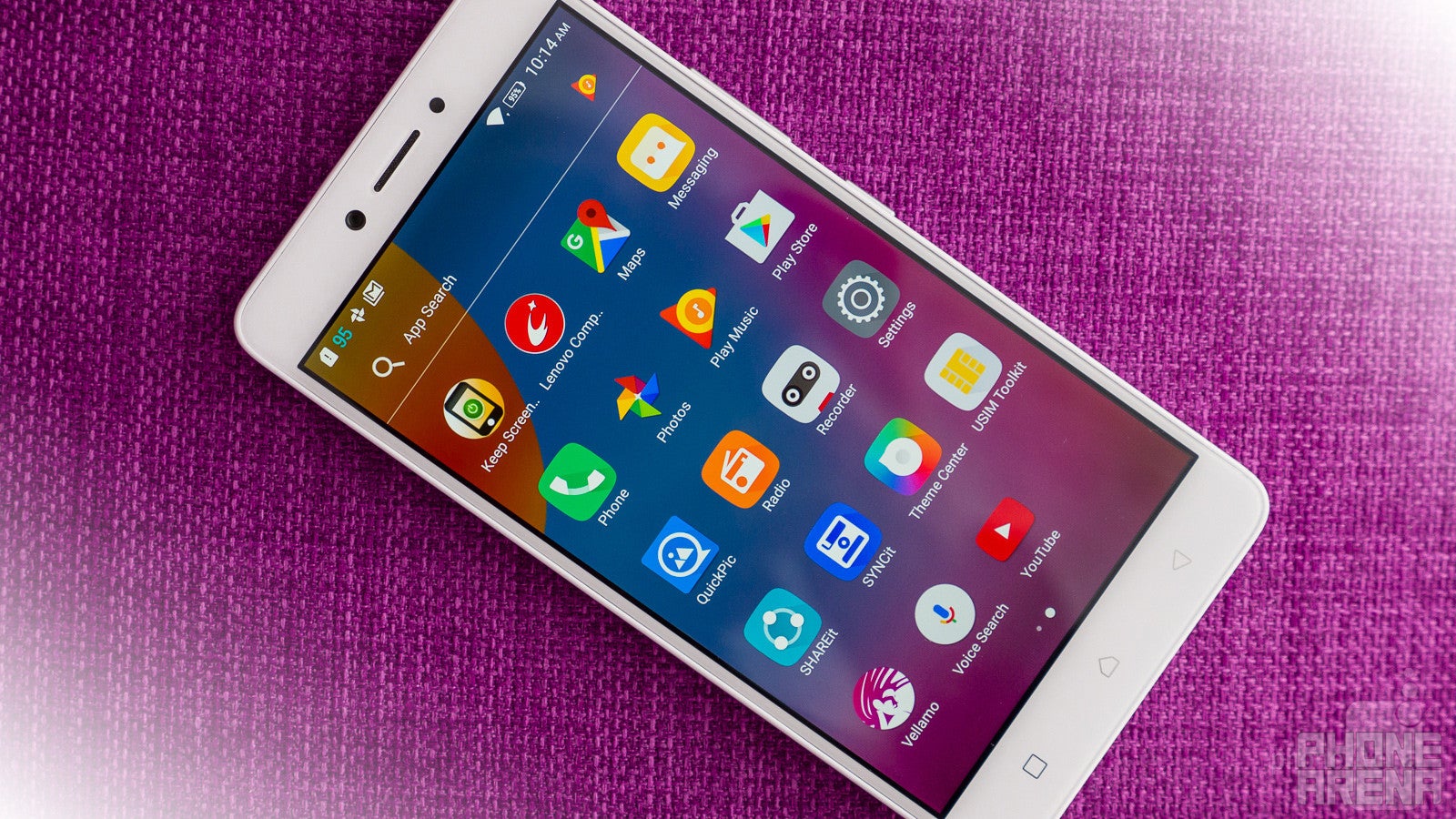
Lenovo is not the most popular phone maker in the Western world by any means, so this could also be your first encounter with the Lenovo Android interface.
Before we go into that, though, let’s make one thing clear: cheap Android phones do not get updates on time. And these two here are already stuck on Android 6.0 Marshmallow from the get-go, with no clear path to the Nougat update. This is preposterous and it happens every year with affordable Android phones, and we will not get tired of pointing out this issue. There should be a way for those phones to stay up to date and not immediately go into software senescence the moment you buy them.
This aside, the Lenovo UI on top of Android 6 is not a pretty one. Sure, you have themes to pick from (none of them are well polished, though, but some of them look tolerable), but the icon style and various menu elements look so outdated and quaint, it’s almost like going back in time.
One of the most important aspects of a modern smartphones is typing on the on-screen keyboard. It’s also one of those critical things that affordable phones do not get right and that does not get mentioned in reviews, yet can be very annoying. The Lenovo K6 and K6 Note are no different: they have an on-screen keyboard with poor vibration feedback and there is a hollow feeling when you tap the screen with your fingers, so at the end of the day we found ourselves making more mistakes when typing than usual.
We also find the UI has plenty of poor English translations, and a few annoying ‘features’ like the always popping up virtual numpad in the dialer app that does not allow us to see more than one number in the recent calls menu.
We do, however, love the three-way (weather, calendar and clock) widgets that Lenovo has developed: they give you all the important information and shortcuts to apps in one tap. But then again the stock apps themselves are not very detailed: the weather app in particular is limited and does not even show per hour forecast.
There is one cool feature hidden in this Lenovo interface that we have never seen on any other phone, and it’s a hidden gem for power users and tinkerers. It’s called a ‘Notification log’ and it’s basically a chronologically arranged log of all the notifications that hit your phone, from app installs, to calls, to the times the phone has been connected to a computer and everything in between. You can clear it, you can filter it, but best of all, you can review it to see all of your phone activity. Of course, this is not something that regular users would need, but if you are a power users you might like it.
Processor, Performance and Memory
The Snapdragon 430 handles itself okay in daily tasks, but it goes out of breath in games.
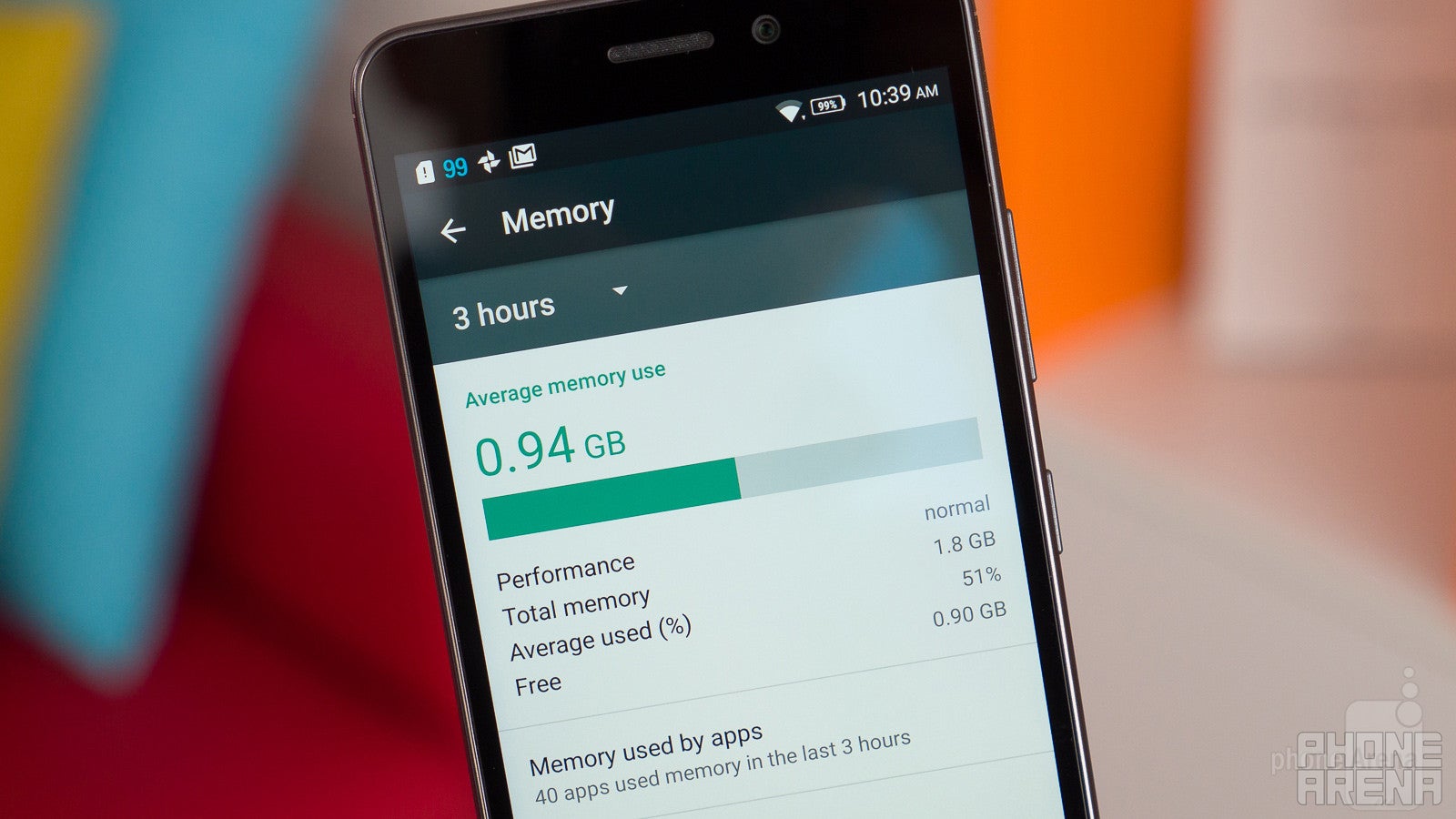
Both the Lenovo K6 and K6 Note are powered by the Qualcomm Snapdragon 430 system chip, an affordable octa-core chip. It is clear that these are not phones for gamers, but do they manage to perform well in the daily grind?
The answer is yes. There is a slight stutter in some apps and we noticed that the browser was a bit slow to start, but overall the interface runs fairly smoothly for a budget phone of this caliber.
Of course, benchmarks give a clear conclusion about the budget Snapdragon 430 system chip: it’s not among the fastest, nor is it a chip for gamers. See its scores right below.
In terms of storage, you have a 16GB base option on the Lenovo K6, while the K6 Note storage starts at 32 gigs, and both phones support a microSD card slot, so that you can expand on that initial allowance. 16GB is definitely a bit tight on the K6, so we definitely recommend getting a microSD card along with it.
Internet and Connectivity
Not sold officially in the United States and U.S. LTE bands. Support for 4G LTE on all major European carriers.
The Lenovo K6 and K6 Note are not officially available in the United States, so you should not be surprised that proper support for U.S. 4G LTE bands is missing.
The two phones, however, are sold in Europe and Asia, along with other markets, and they do support the 4G LTE bands required for those markets. Namely, the K6 series come with support for the following bands: FDD bands 1, 3, 5, 7, 8, 20, and TDD bands 38, 40 and 41 (for China).
Other connectivity options include Wi-Fi b / g / n with support for only the 2.4GHz channel. This is not great because in dense urban areas you often get much slower speeds on this channel, and modern phones come with support for dual-channel Wi-Fi (the second channel being 5GHz) to avoid slow speeds.
There is also GPS and Bluetooth 4.2 on board, but no support for NFC.
Camera
Potato camera.

The Lenovo K6 has a 13-megapixel camera and the K6 Note has a 16-megapixel main camera, both recording up to 1080p Full HD video, but this does not mean a thing because the reality is that images and videos from these two phones look as close to a potato camera as you’d get on a smartphone in 2017. Sure, there could be phones with worse cameras, but we honestly do not want to go looking.
The camera app has a ton of ‘smart’ options: it features smart scene recognition, so a sign pops up to inform you when you are shooting landscape, or portraits, or macros, and this should also switch the camera settings to the optimal for the scene.
This did not help the images much: in fact, all of our pictures had some issues with them. A lot of them were underexposed (some of them turned out VERY dark), a surprising many were blurry, despite us shooting outdoors, and detail was smudgy and not sharp at all. The colors are also toned down and look very dumb. It’s one mess of a camera that would get half-decent results only in perfect light, but you should definitely not rely on it for a good photo.
The front camera is the only bright spot here: it captures very decent selfies, with a lot of detail and a generally nice color.
Videos are recorded at up to 1080p Full HD, but detail is lacking and it’s easy to mistake the footage for 720p. We have the same issues as with the main camera: footage often turns underexposed, but when the exposure is right, we have highlights clipped in a major way. Every little change in light results in overly dramatic shift in exposure and with no video stabilization whatsoever, the clips turn out very jittery and painful to watch.
Sound quality
We promised you that the Lenovo K6 and K6 Note have something special under the hood. So what is it? It’s actually two things: the first one is that both phones feature a set of very powerful bottom-firing speakers. Yes, speakers: there are two speakers, so there is no way to accidentally mute them with your palm.
And those speakers deliver. The sound quality is not perfect as with any phone: there is a metallic, hissy tonality to it and forget about the bass or any sort of depth, but things can definitely get very, very loud. What’s more, Lenovo has carefully optimized the volume levels so that you have plenty of control as to how quiet sound could be. We often see sound levels on phones so poorly optimized that you can’t get the phone to play at very low and discreet levels, which is important when you are around people. The K6 and K6 Note can: they can go quiet, and they can go super loud. And despite their issues, in its class, the K6 series have one of the finest speakers.
Call Quality
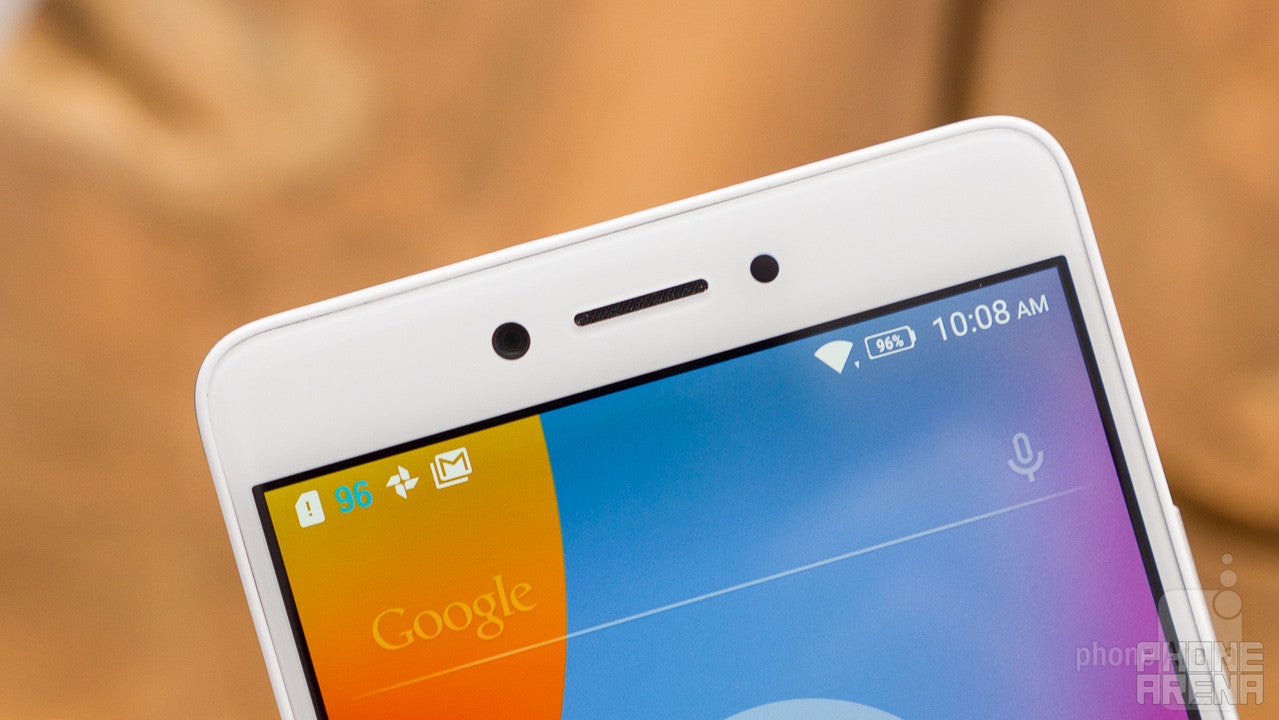
We had no issues with call quality on the K6 or K6 Note. We heard our callers sufficiently loud and clearly via the earpiece, and on the other end of the line our voice was also heard clearly. Also, we love the good travel, feel and convenient positioning of the volume rocker, which makes it easy to adjust volume levels while on a call.
Battery life
A battery champ.
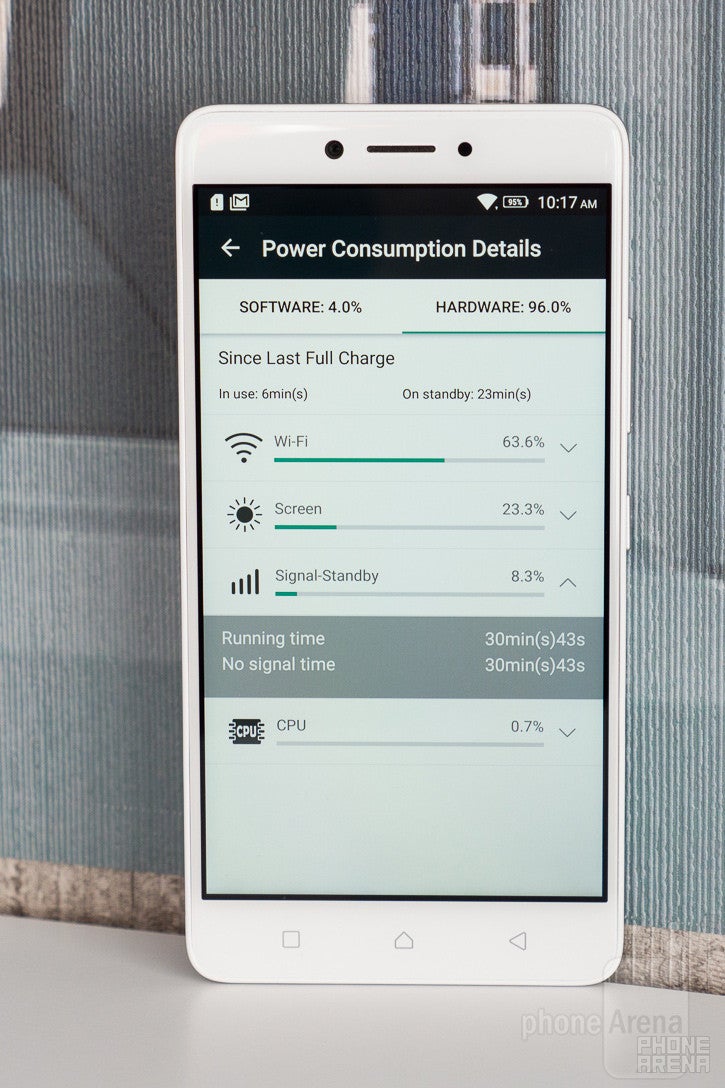
The K6 features a 3,000 mAh battery, while the K6 Note touts a 4,000 mAh battery cell. Combined with their frugal Snapdragon 430 system chips and some careful optimization on Lenovo’s part, this allows an average of two days of battery life. In fact, while using the K6 I was getting three days with my more moderate usage, which is definitely an impressive achievement.
The K6 and K6 Note broke the 10-hour mark on our custom battery test, scoring around 10 hours and 40 minutes, while popular phones like the Galaxy S7, Google Pixel and iPhone 7 averaged around 7 hours on the same test, set at the same brightness level.
Conclusion
So there you have it, the full picture of the new Lenovo K6 and K6 Note: affordable phones with great battery life, a fast fingerprint scanner and impressively loud dual speakers that do well in daily tasks. What they are not is pretty or well designed, and what they are most certainly NOT is good camera replacements.
It would have been easy to write these two off right away, but let’s first look at their prices. Lenovo has set the following prices for these two phones: the K6 is sold for somewhere between €150 to €200, depending on the market, while the K6 Note prices vary between €190 and €220.
Does that justify all the big compromises that you have to make with these two? Let us give you all the options: for the same price you can get the very good Moto G4, which lacks a fingerprint scanner, but has a cleaner, more refined interface and a much better camera, while for €40 more you can get the Moto G4 Plus that has a fingerprint scanner and is a further jump in terms of quality. At the same cost, you can also get the better designed and better performing Huawei P9 Lite.

Follow us on Google News

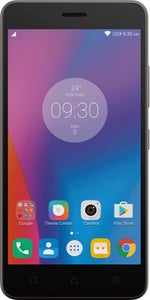
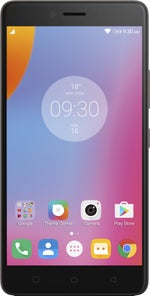
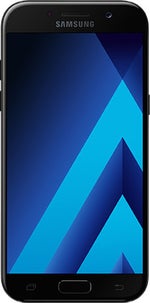
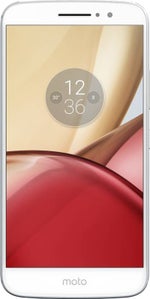


















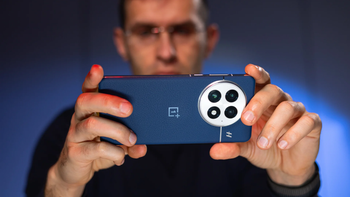

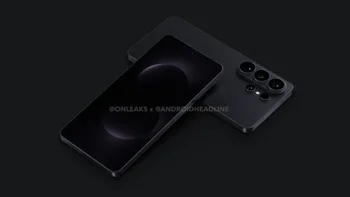








Things that are NOT allowed:
To help keep our community safe and free from spam, we apply temporary limits to newly created accounts: